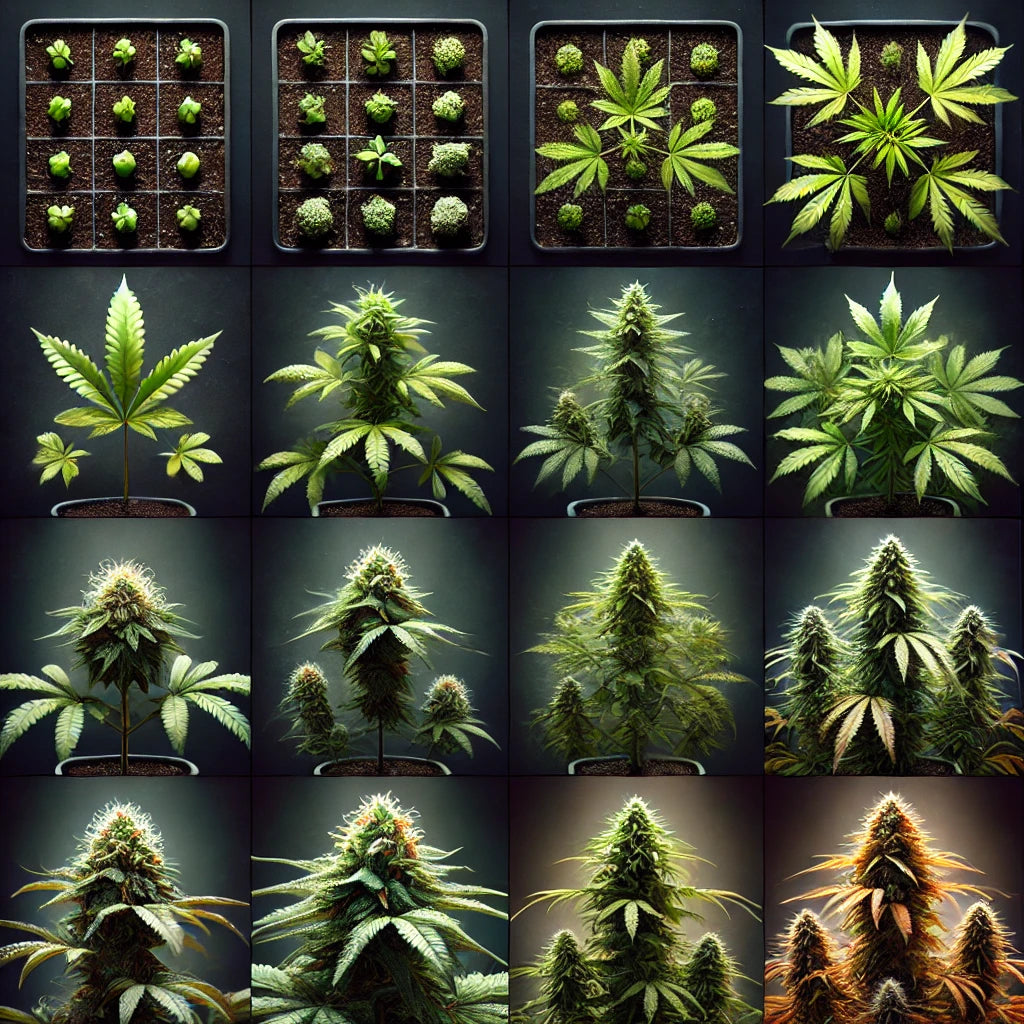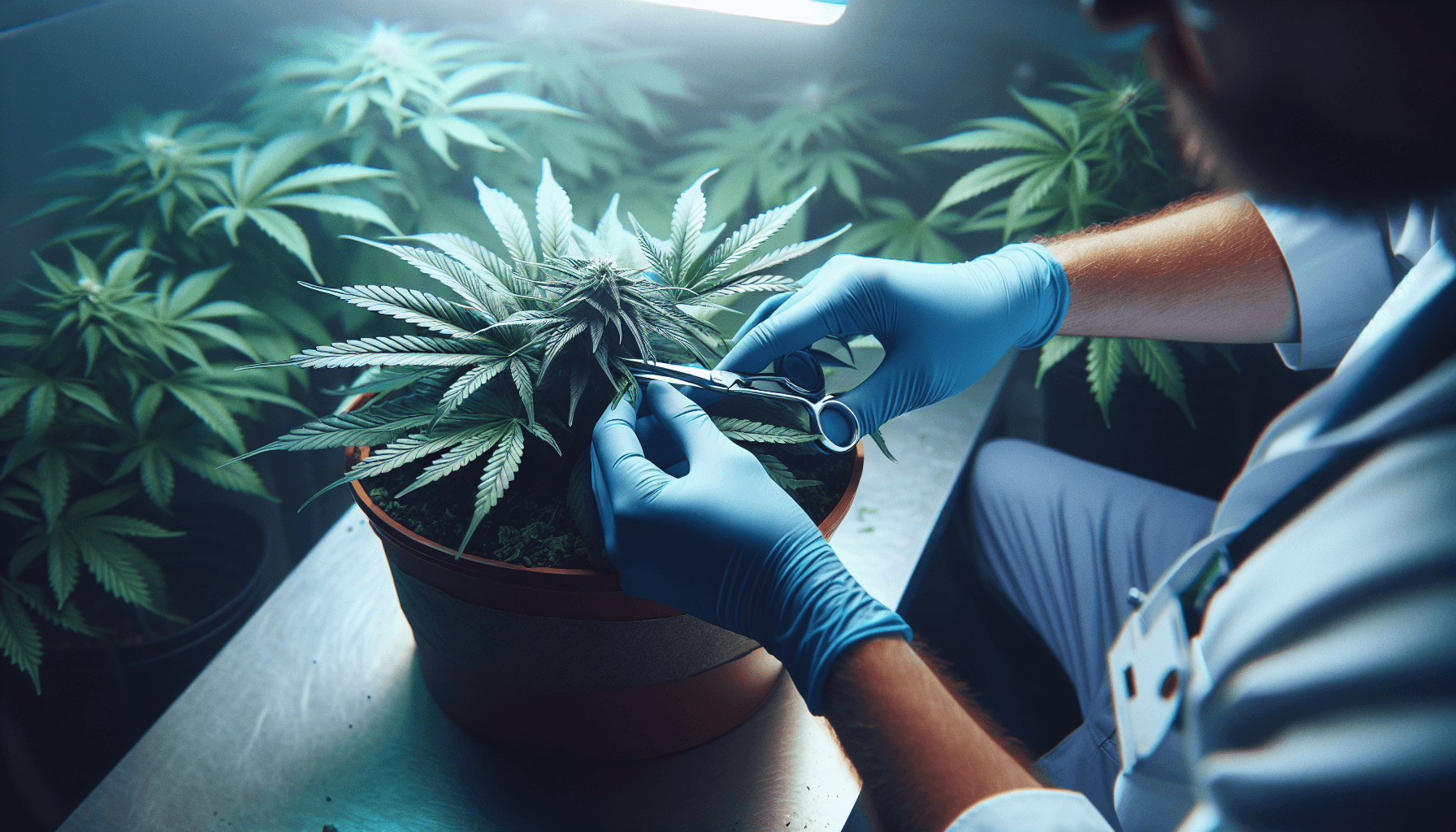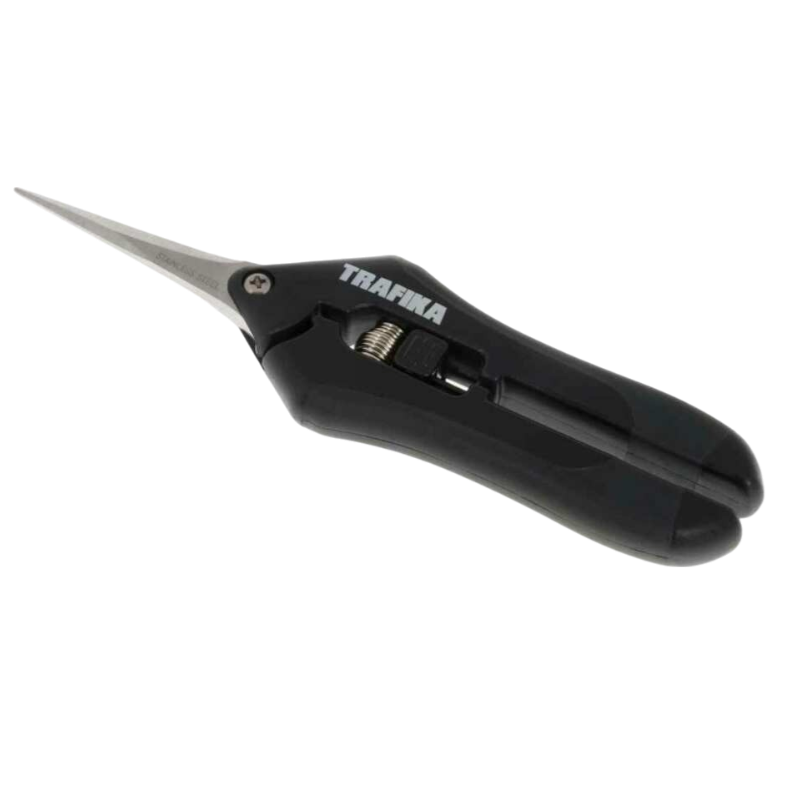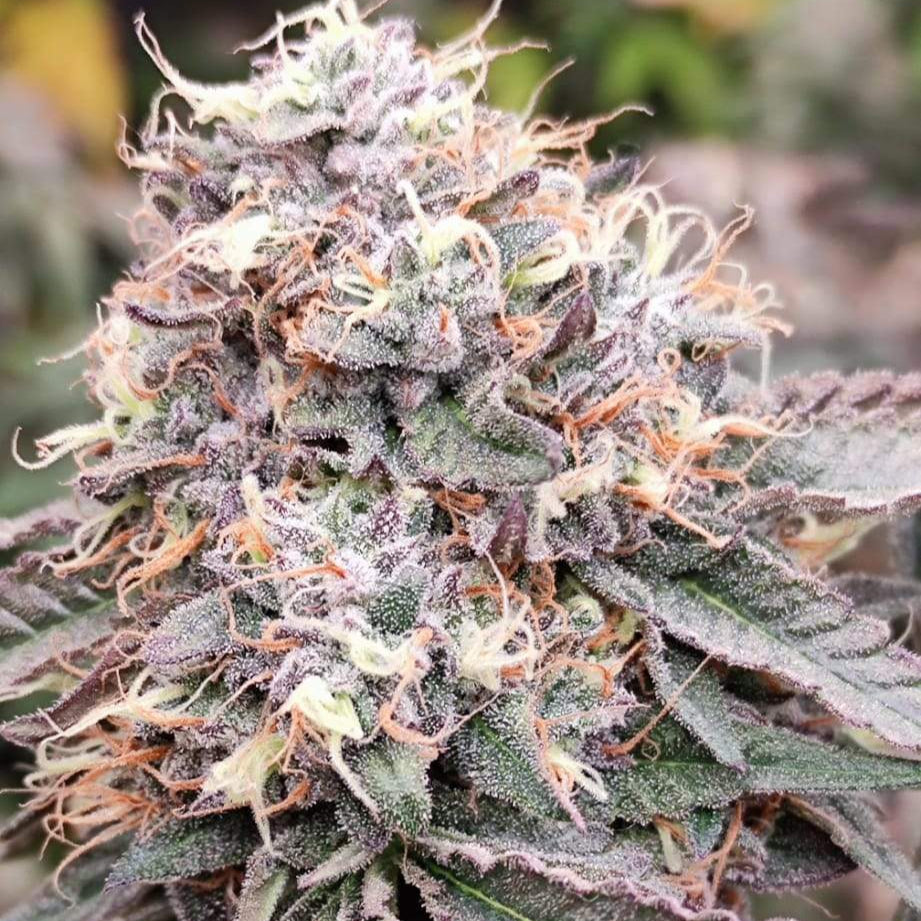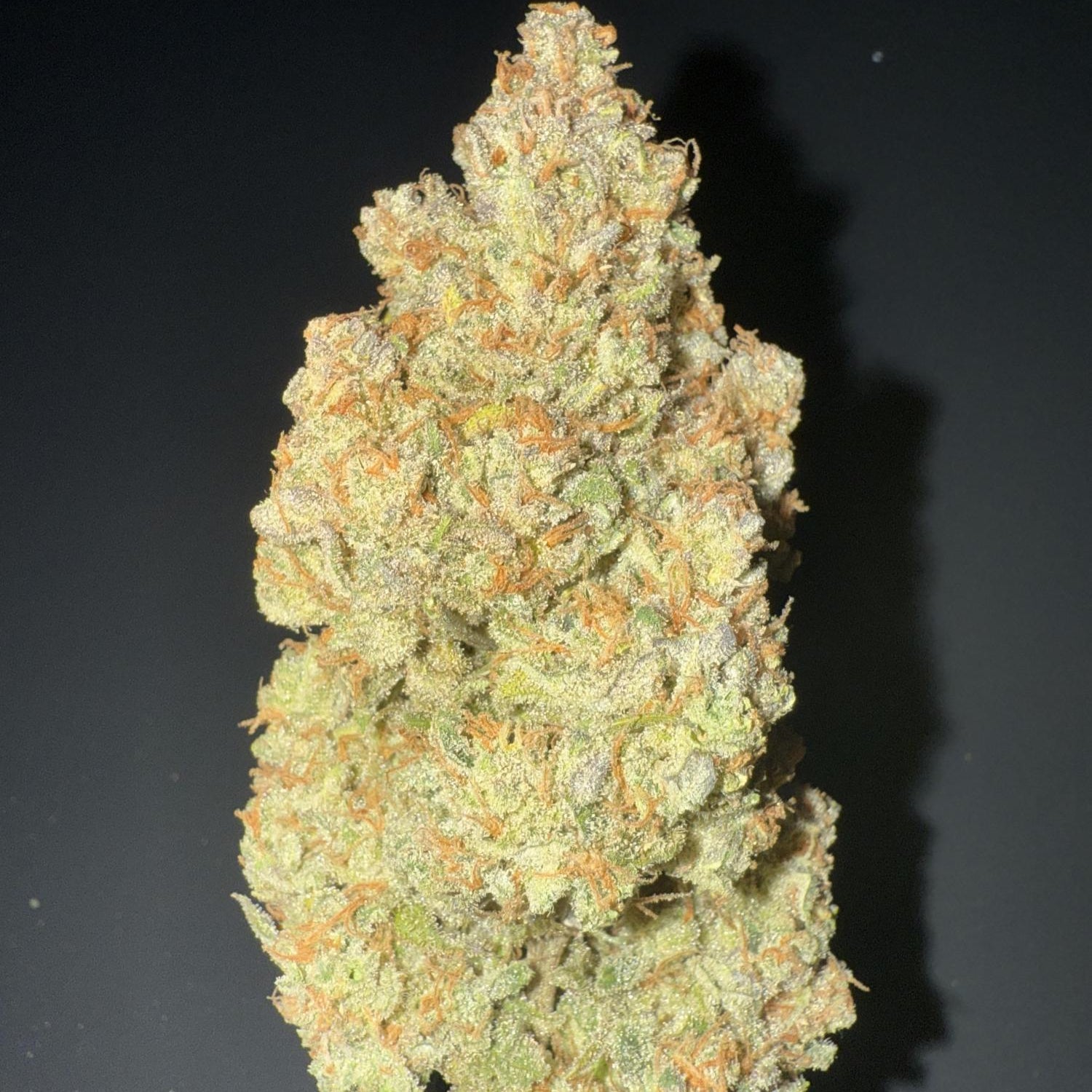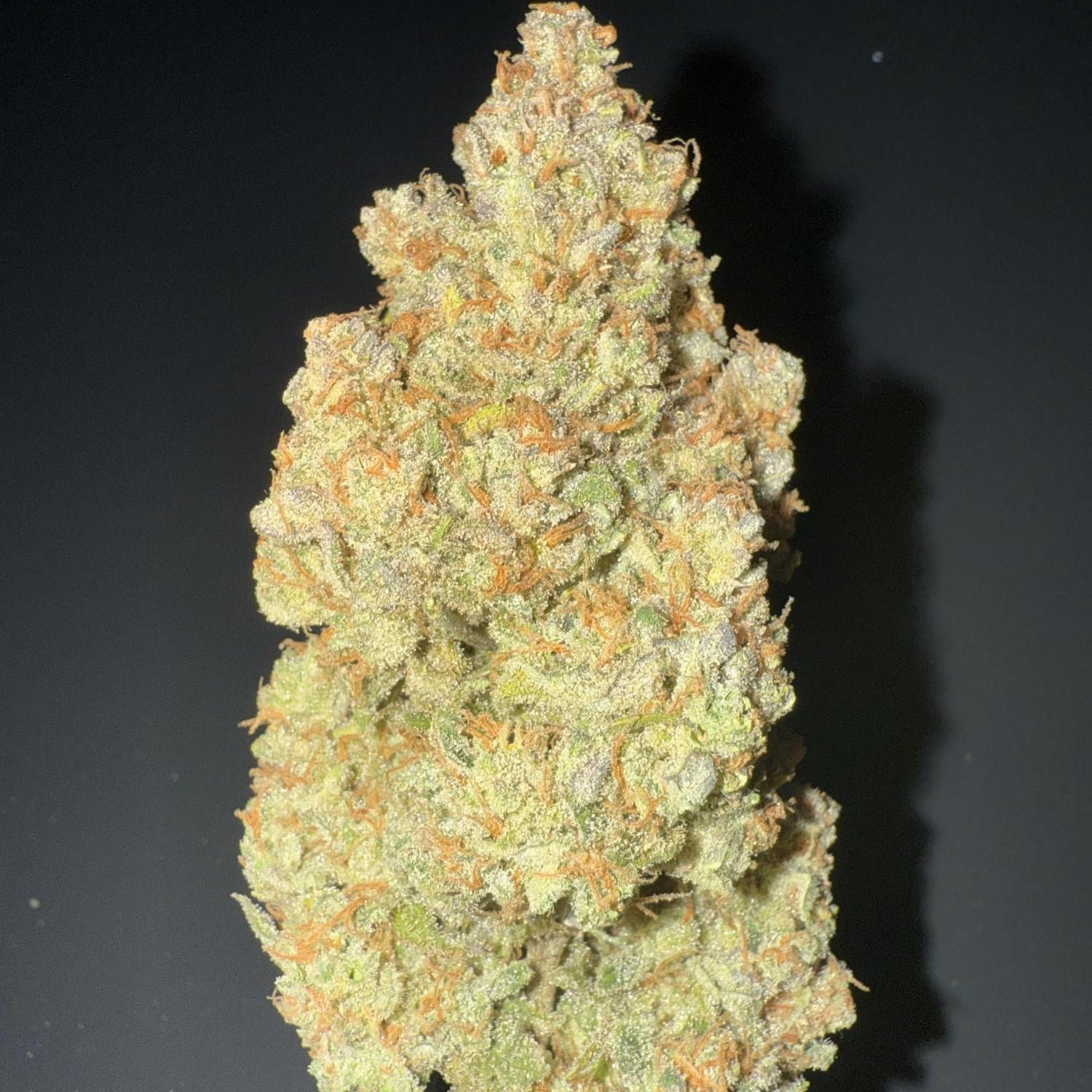Trends of the week
Blog posts

Terpene verstehen: Wie Aromen und Geschmacksstoffe das THC-Dampferlebnis beeinflussen
Hast du schon einmal an einem frischen Zweig Rosmarin gerochen? Der würzige Duft hat doch sicher auch bei dir sofort bestimmte Assoziationen ausgelöst, vielleicht an ein mediterranes Gericht oder e...

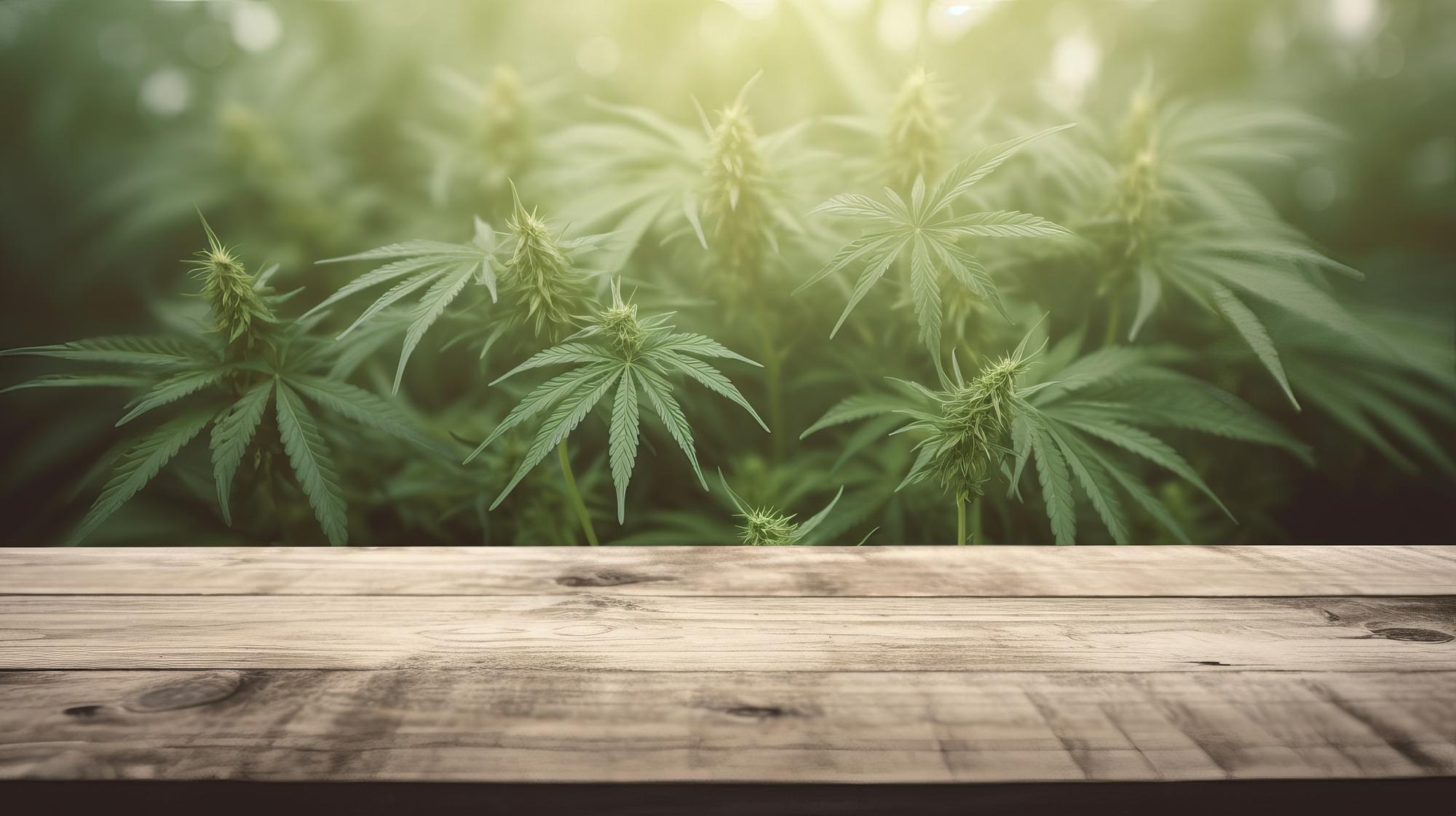
Discover how to purchase cannabis safely and responsibly in a regulated market. Learn more about the variety of products, quality standards and the legal purchase of cannabis.

